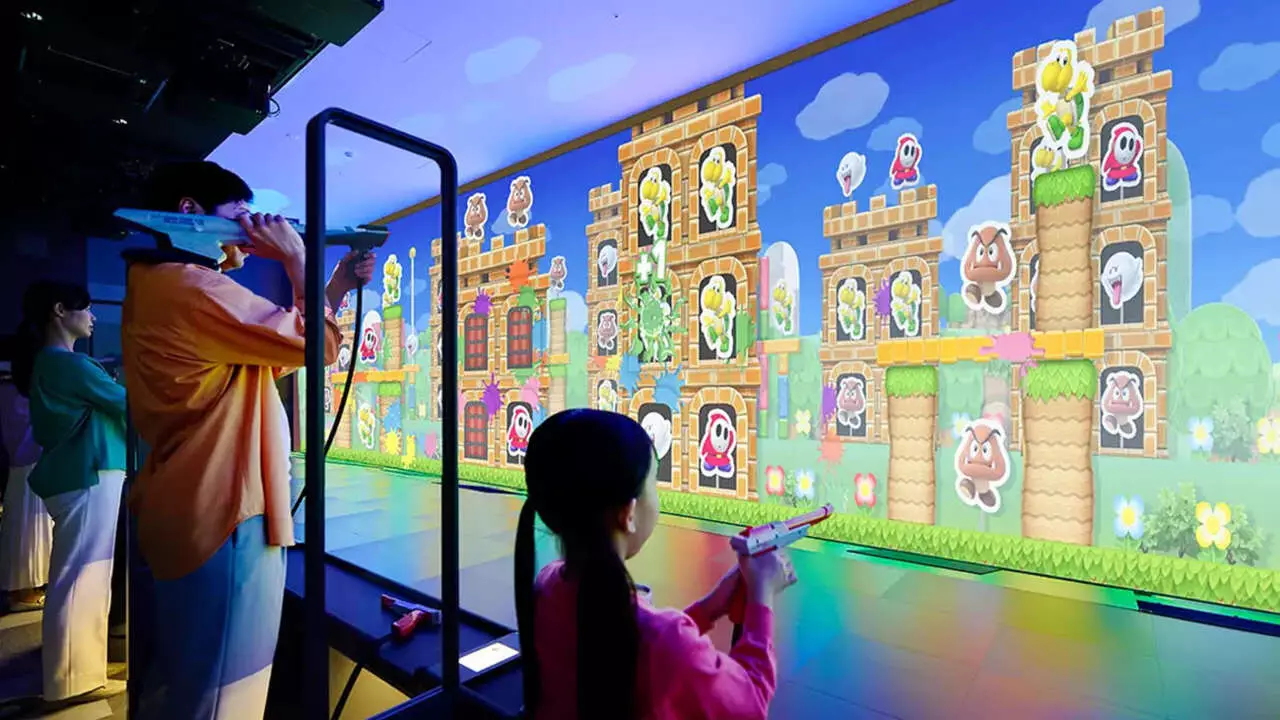The Nintendo Museum, recently inaugurated in Kyoto, Japan, has swiftly become a beacon for gaming enthusiasts, drawing attention not just for its exhibits but also for its exclusive merchandise. Not long after its doors opened to the public, a pattern of scalping emerged, as opportunistic vendors started listing the museum’s limited-edition products on reselling platforms at exorbitant prices. This immediate market reaction highlights both the museum’s significance in pop culture and the challenges that arise when demand outstrips supply.
In response to this scalping phenomenon, the Nintendo Museum has implemented a strict limit on the number of items that can be purchased by an individual. This measure aims to ensure that dedicated fans have an equitable chance to acquire exclusive goods, such as unique controller-shaped cushions and carefully crafted keychains. Reports from sources like The Verge illustrate that items like the Wii Controller cushion have been seen on eBay at shocking prices upwards of $500. While the scalpers’ success rate remains uncertain, the introduction of purchase limits is a well-intentioned strategy designed to mitigate inflated price listings.
Interestingly, while the museum’s efforts to curb scalping are commendable, it is possible that these restrictions could inadvertently stimulate further demand for merchandise. Nintendo has cultivated a legacy that spans several decades, and the nostalgic appeal of its products is undeniable. Each piece of memorabilia unearthed from the museum harkens back to cherished moments in the lives of gamers worldwide. This emotional connection may lead to heightened interest in purchasing memorabilia, especially for those wishing to secure their own piece of Nintendo history.
Aside from its retail offerings, the museum seeks to celebrate Nintendo’s extensive journey within the gaming industry. Prominent gaming figures, including Dan Ryckert from Giant Bomb, have praised the museum for encapsulating pivotal moments in gaming history. Its exhibits go beyond mere displays of games like Donkey Kong and Super Mario; they delve into the company’s origins that predate these iconic titles by nearly a century. This rich tapestry of history grants visitors not only a sense of nostalgia but also an appreciation for the evolution of the gaming landscape itself.
As interest continues to surge, the Nintendo Museum will likely face increased scrutiny and demand. The initial restrictions on merchandise and timed admissions have successfully kept crowds manageable, but the challenge now will be maintaining a balance between availability and exclusivity. As fans flock to experience the storied legacy of Nintendo, both in exhibits and merchandise, the museum stands as a testament to the enduring impact of gaming culture. Ultimately, it will be an ongoing journey of innovation and nostalgia that not only honors the past but also shapes the future of gaming community interactions.

